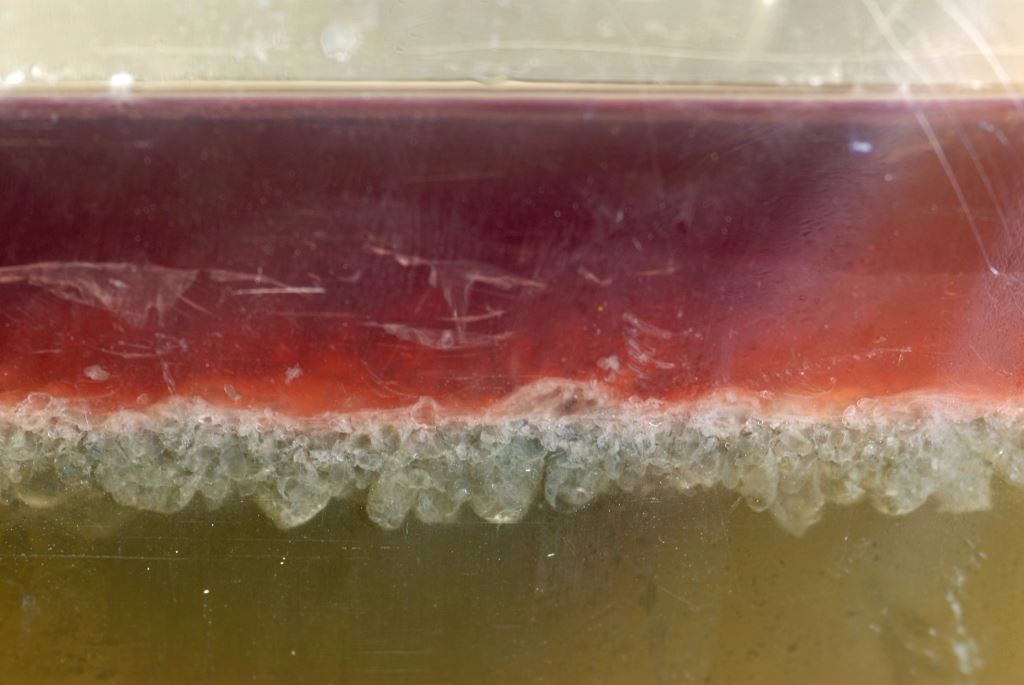From the Masthead
For nearly my entire three-decade marine industry career I’ve encountered a phenomenon, one I hoped would wane with the proliferation of the internet and the plethora of information it offers both boat owners and industry pro’s. Instead, it seems to have worsened, particularly in the past few years. The scenario involves the failure of a boat builder, boat yard or equipment dealer/installer, to install gear, anything from engines and gensets to stuffing boxes and electronics, in a manner that is consistent with the equipment manufacturer’s installation requirements. The most egregious examples involve engine installations, and more specifically exhaust system design and engine air intake temperature requirements.
Several years ago I was in the process of preparing a new trawler for a significant offshore passage. When I inspected the engine compartment I was stunned to find the wet exhaust hose fashioned into a U shape, essentially running uphill from the water injection elbow. This represents a violation of every engine manufacturer’s installation requirements, as well as those of ABYC. Simply put, it’s a veritably guaranteed means of ensuring water ends up in the engine’s cylinders, and the costly damage that nearly always ensues. It’s worth noting at this point that no engine manufacturer I’m aware of warrants against water intrusion, their philosophy is, ‘It’s impossible if our exhaust installation instructions are followed’, and in every case I’ve encountered they are correct. Lest the reader think this is an outdated example, I encountered precisely the same scenario just a few months ago, and there have been too many in between these two to count.
As bad as they are, these violations aren’t the main problem, the real issue is in the failure of the equipment dealer to properly guide and advise the installer, alerting him or her to potential violations in the design stage. In the case of the uphill exhaust, I contacted the boat builder regarding the flaw. He balked, saying that the dealer from whom he’d purchased the engine had approved the installation (hold that thought). Even after sending him a copy of the installation diagram, from the engine manufacturer’s installation manual, he remained intransigent, sticking with his dealer’s assurance that all was well. Ultimately I corrected the installation at the vessel owner’s expense. When confronting builders, including this one, regarding these issues most genuinely believe they are on firm ground with the backing of the “manufacturer”, when in fact they haven’t a leg to stand on; dealers are not manufacturers and in no case I know of are they authorized to make exceptions to critical installation guidelines, particularly those that could lead to complete destruction of an engine, as exhaust system water migration can. I encounter these, “The manufacturer [read dealer] said it’s OK” scenarios on an all too common basis. The outcome in many of the cases I’ve dealt with is a complete disavowal of the dealer’s actions by the manufacturer, which means it becomes a case of the vessel owner dealing directly with the boat builder and/or engine/gear dealer. The dealer, in approving the exception, essentially assumes warranty coverage, in my view in perpetuity.
Ultimately, engine and equipment manufacturers have the final say if an exception is to be made to an installation standard. If such an exception is forthcoming, as an installer or boat owner/buyer, ensure it is in writing and it is from the manufacturer rather than the dealer.
Diesel Fuel Additives – Part I
Text and Photos by Steve D’Antonio
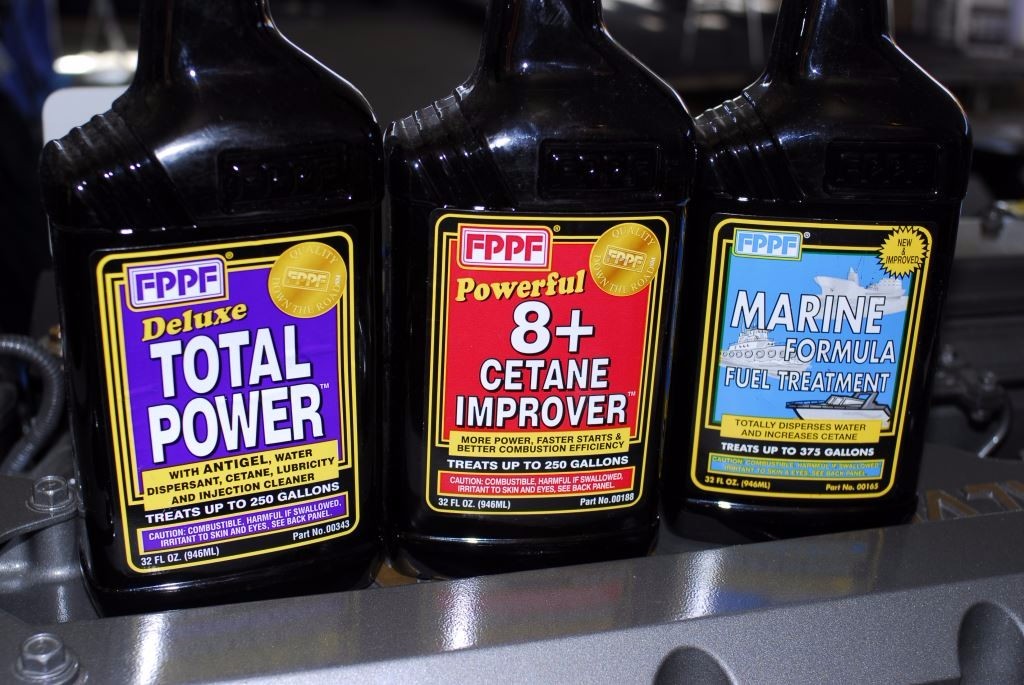
Determining if a fuel additive is needed, and selecting the right one, while avoiding the hype, can be a daunting task.
The “Soft Science” of Fuel Additives
Hardly a month goes by where I’m not solicited by a fuel additive manufacturer, requesting that I try and write about their new or improved product. On the months I don’t receive such solicitations I often receive queries from boat owners wanting to know if they should use an additive and of so which one?
As I strolled around a major boat show recently I made it a point of counting the number of fuel additives I encountered. I stopped at 22, which makes a boat owner’s confusion on the subject more than understandable.
Here and at other shows I attend in most cases the product is being sold by a dealer, however, in a few rare cases the manufacturer is actually on hand, a decided advantage when one poses technical questions such as, “does your product demulsify or emulsify water and if the latter what chemical is used for emulsification?” When I pose that question to the makers of three high quality products I happen to know very well, have studied and use, Valvtect, Stanadyne and StaBil, the answers I received were straightforward and accurate (I confess I knew the answers, I was testing them). When I pose questions like this to some other additive vendors, on the other hand, the answers range from blank looks to what can only be described as junk science. The watch phrase is, go to the source for information. If you want to get to the heart of what a fuel additive does and what’s in it, talk with the manufacturer, either in person or via e mail. I’ve had many e mail exchanges with the chemists at the aforementioned companies, they are likely tired of hearing from me, yet the answers I get are lengthy, detailed and accurate.
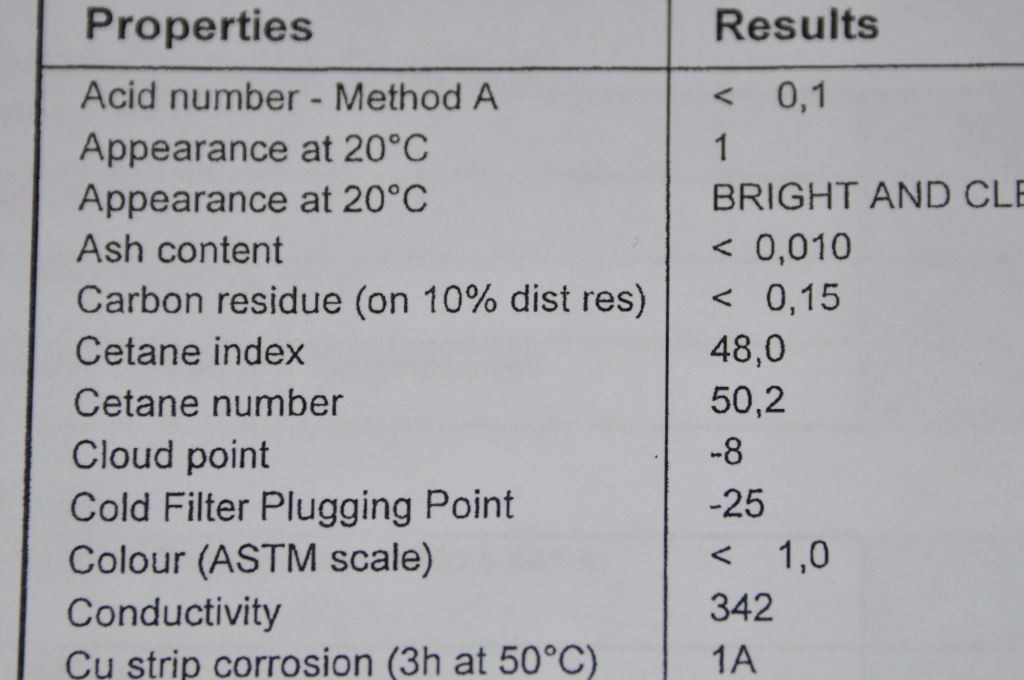
Purchasing fuel that is “on spec”, fuel that meets the ASTM or equivalent standards makes the need to use additives far less likely.
I walked through another East Coast boat show, shortly after the Ultra-Low Sulfur Diesel (ULSD) monster began rearing its head, and saw a sign at an engine dealer’s booth that essentially said “unless you use this additive with ULSD fuel your engine will be damaged and your warranty will be voided”. It doesn’t take a rocket scientist to know that this dealer was selling fuel additives made by the engine manufacturer. The watch phrase in this case is, buyer beware. While the dire warning was an extreme exaggeration at best, in fact, in most cases if any engine or other manufacturer insists you use only their branded product in order to retain warranty coverage then they are obligated to provide it to you, for free. The law that governs, among other aspects, this protocol is called the Moss Magnusson Act and this part of it is referred to as the “tie-in sales provision”.
What an engine manufacturer can legally do is require that you use fuel that meets a certain standard, such as ASTM D-975, which by the way provides no requirements regarding a fuel’s lubricity or slipperiness. ULSD and its effects are fodder for another column, however, in short, be cautious of any additive manufacturer making such ominous claims.
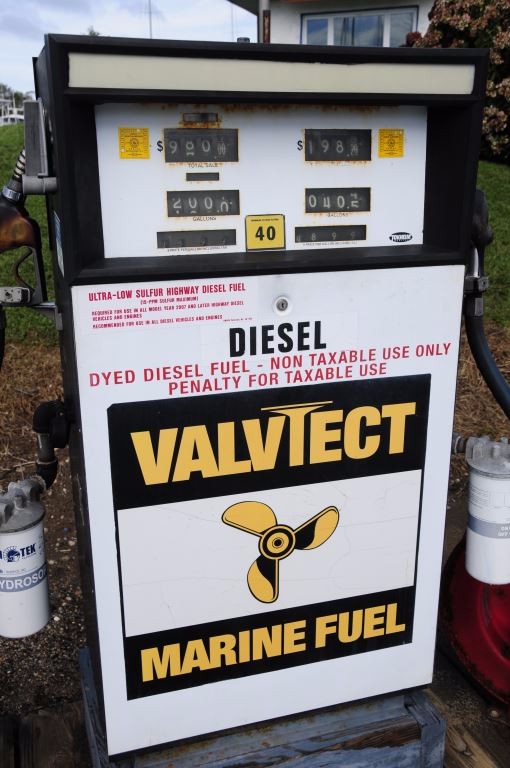
Fuel retailers who guarantee their product is free of water, and compliant with ASTM or equivalent standards are worth patronizing.
When considering the use of a fuel additive it makes sense to evaluate your usage, your needs and the reasons why you may opt to use a fuel additive, or not. It’s also worth noting that fuel-related engine failures are nearly always excluded from engine manufacturers’ warranty coverage, which places a greater onus on the vessel operator to use high quality, ASTM or equivalent diesel fuel.
I recently received a note from one of my clients that illustrates the need for such questions. “Steve, I’m considering using ABC brand fuel additive to deal with water and ethanol issues, a friend of mine has used it for some time and he’s had no issues”. My response included two thoughts, one, ‘…why do you believe water is an issue, is it showing up in your primary fuel filter’, and two, ‘…ethanol is not present in diesel fuel (thankfully) so you don’t need an additive to contend with its affects’. In short, don’t use additives unless they are specifically needed. Among the most common reasons for using additives are water “removal” and biological remediation. If there’s water in the tank you should, ideally, drain or suck it out rather than treat it chemically. If you remove the water, then you can’t have biological growth (by the way, it’s typically bacteria, no algae, the latter is a plant and requires sunlight to survive and there’s not much of that in stygian darkness of a fuel tank). Treating the illness rather than the symptom is always the preferred approach.
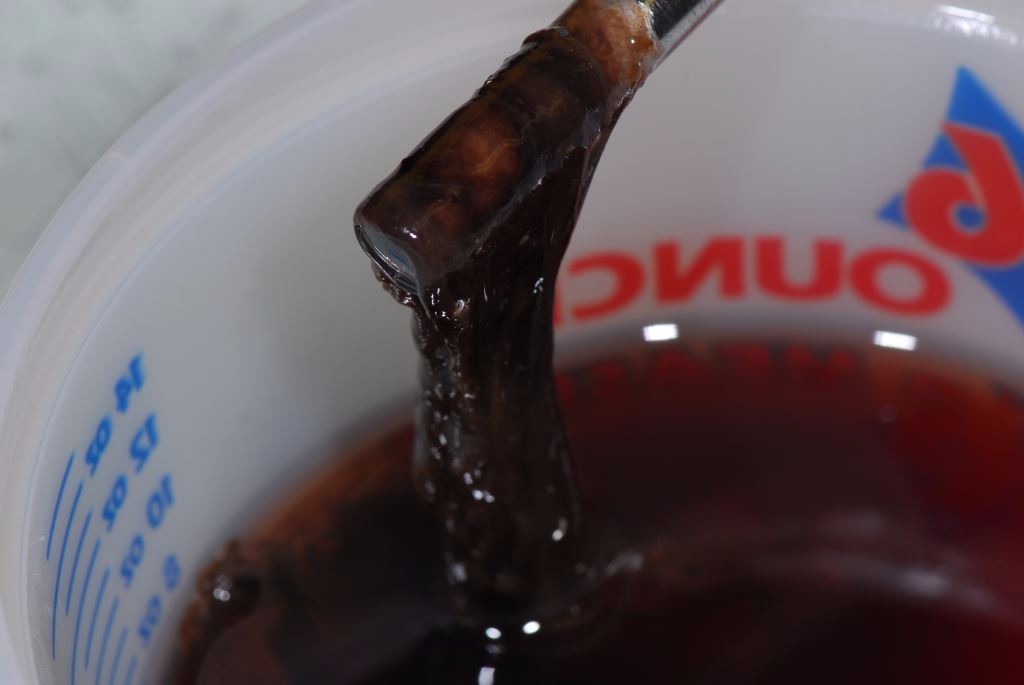
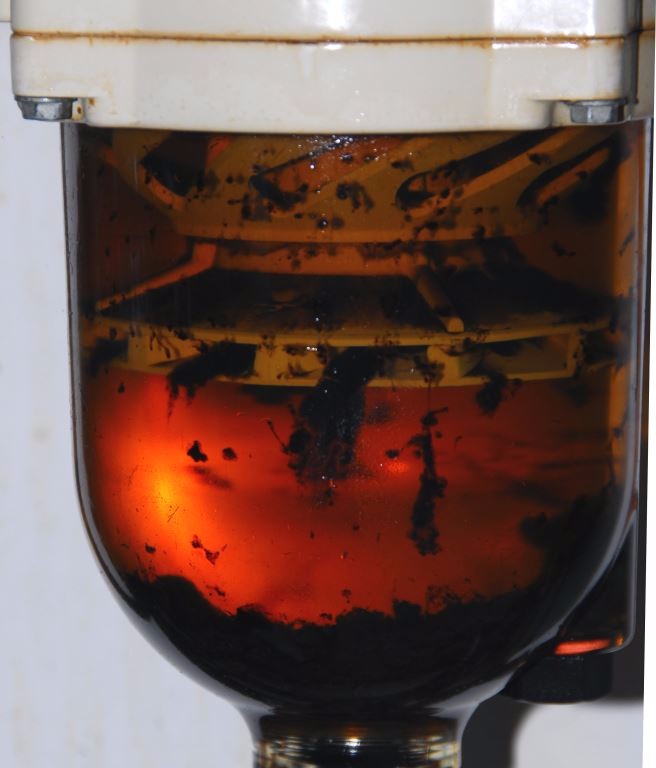
Gelatinous or seaweed-like deposits in fuel tanks and filters are nearly always the result of biological activity.
Buyer/User Beware
Before considering any additive, your very first step should involve consulting the engine and generator manufacturer’s guidelines, recommendations and requirements regarding an additive you may be contemplating. Different engine manufacturers necessarily have different takes on what they recommend. Caterpillar, for instance, in their diesel fuel guideline, generally discourages the use of additives however they go on to say that cetane improvers and biocides may be used where necessary (if the cetane is lower than 40 or if biological growth is an issue). Some engine manufacturers clearly point out that the owner/operator is responsible for verifying that the fuel meets the requirements for lubricity, sulfur content, cetane and cleanliness (how do you do that other than having it analyzed?). They go on to say that if the owner/operator is using fuel of low or unknown lubricity, then a fuel conditioner should be used, usually their own. John Deere’s take on additives, when asked if they are needed, is a bit different, “The need to use a diesel fuel conditioner is now more important than ever. Diesel fuel quality can vary dramatically from source to source and even day to day. Inconsistent fuel quality can result in customer dissatisfaction over equipment life and performance…”
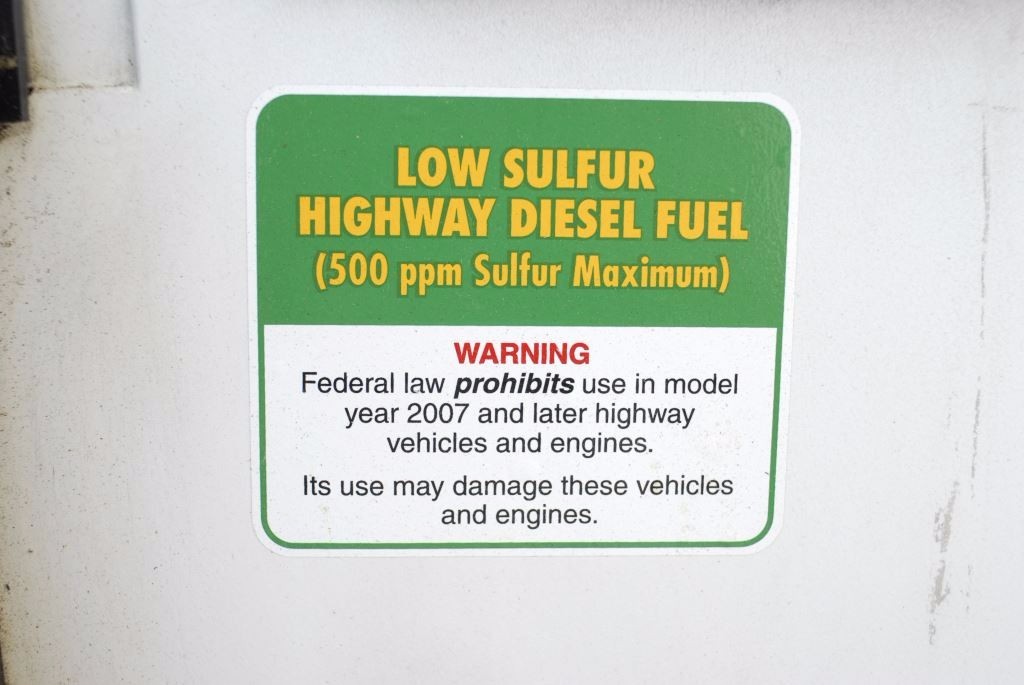
While sulfur content has been diminished as a pollution reducing measure, it has no direct effect on fuel lubricity as sulfur is not a lubricant.
As you can see, the path is anything but clear, however, most engine manufacturers are in the business of ensuring their engines work well and last a long time, so it’s in their best interest in guiding you appropriately on the subject of additives.
Additive Types
Earlier in this column I emphasized the importance of understanding your additive needs before doping your fuel. There are a variety of products, some that encompass a variety of functions while others are more narrowly target an issue.
Perhaps the most commonly discussed issue regarding diesel fuel is its most frequent contaminant, water. The presence of water in fuel can lead to a host of problems, from corrosion and reduced lubricity to formation of biological colonies and their fibrous and acidic byproducts. Clearly, water contamination is worthy of a vessel operators highest attention, and the issue has become more acute with the introduction of ULSD.
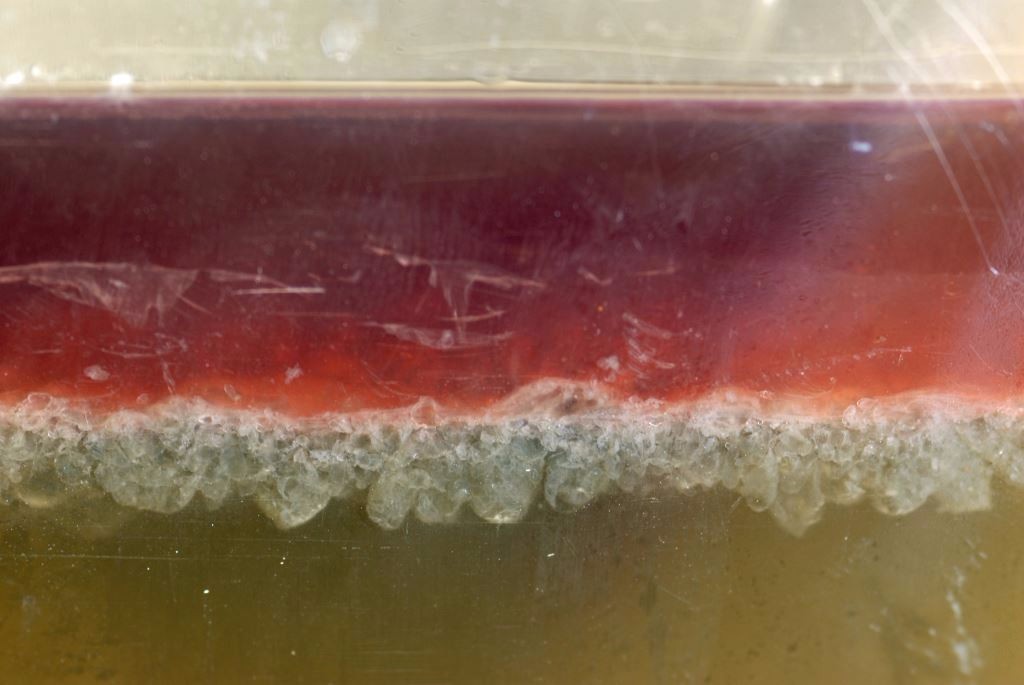
Water is by far fuel’s worst enemy and most common contaminant. The best cure in this case is prevention, which includes a means of drawing or draining water from tanks and filters. Without water, biological growth cannot exist, making biocide additives unnecessary.
Additives that “deal” with water fall clearly into two categories, those that encourage its mixture with or suspension in fuel, whereby it is passed on to the engine and vaporized in the combustion process, and those that encourage its separation from fuel, where it can later be drained from a tank of filter. These are referred to as emulsifiers and demulsifiers respectively. There are variations on this theme regarding how and if emulsifier, dispersant or suspension additives will actually pick up free water from the tank bottom or simply suspend existing water in the fuel column. Some say they are “water neutral”, meaning they will not cause water to drop from suspension (or prevent it from doing so) and they will not encourage emulsification of water on the tank bottom. Consider as well that water that is in suspension, when trapped in fuel injection plumbing at rest, may fall out of suspension, where it can then accumulate and cause corrosion and lubrication problems. Some additive suppliers are careful to point out that their product will not, and are often specifically designed not to; remove free water from the tank bottom, an important distinction for the user who may believe he or she is remediating a water issue when in fact the product is only preventing water from falling out of suspension.
One of the dangers and misconceptions in using additives to remediate water is not knowing how much water, if any, is in the tank. Without knowing this it’s difficult to know how much additive is needed and when it should be used. If your deck fill is vertical, you can use a product called Water Finder. This paste-like material is designed to be smeared on the end of a dowel and dipped to the tank bottom. If water is present at that location in the tank, the pasted will turn a different color (depending on the manufacturer, among others from green to red, which is my preference, manufactured by Universal Water Finder, www.universalwaterfinder.com ). The depth of the color change, i.e. how high up the dowel the paste turns red, indicates the depth of the accumulated water. With this information one can be afforded some indication of the presence of water and the need to treat or remove it.
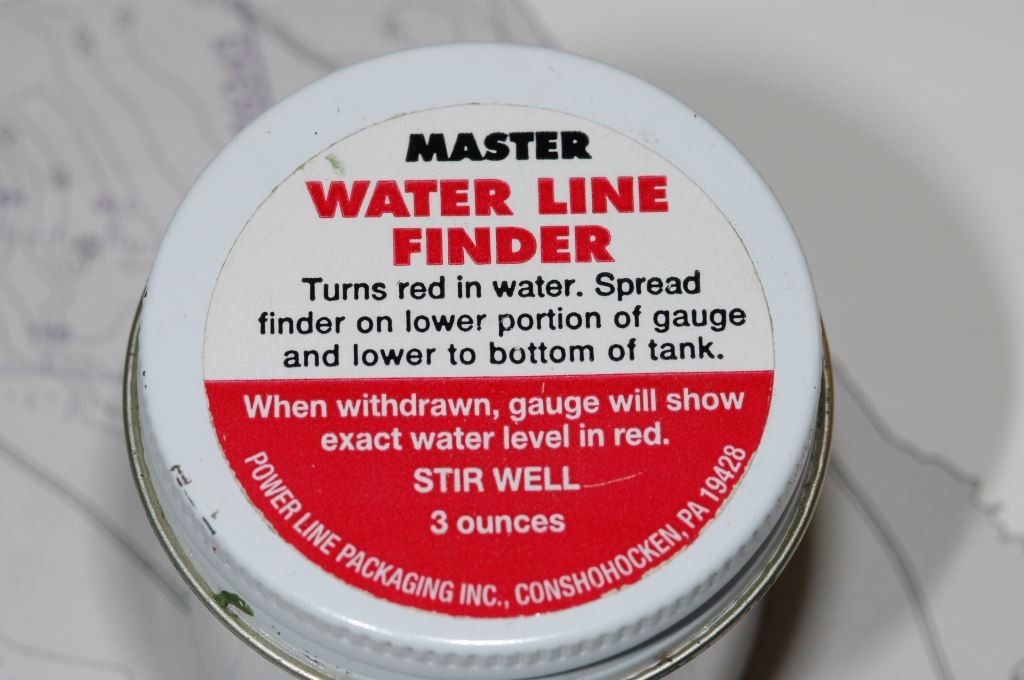
Water indicating paste is one means of determining if water has accumulated in a tank. Any amount of water in a vessel’s fuel tank is too much; ideally a means of water removal, in the form of a drain, polishing system or stripper tube, should be present.
As previously mentioned, emulsifiers, dispersants and other similar constituents are designed to allow the water to either be caught by the water separator (tough to do when it’s thoroughly emulsified) and drained off or sent on to the injection system and combustion chamber. Water is a poor lubricant and it doesn’t burn so the latter option is less than ideal for the injection system. Additive manufacturers point out that this is desirable when compared to water remaining in the tank, where it often leads to much more serious biological fouling and corrosion. One additive manufacturer, Power Service, utilizes a “solubilizer”, a dispersant, that resists precipitating, water falling out of suspension, as well as preventing the formation of water droplets.
Thus, provided the product is approved by your engine manufacturer (most engine manufacturers prohibit the use of emulsifiers/dispersants or other products that rely on alcohol to encourage water to remain in suspension), use of an emulsifier/dispersant/solubilizer may prove to be the best option.
If your fuel tank is equipped with a stripper tube or polishing system then you may opt for an additive that relies on a demulsifier, which would encourage water to separate from, rather than remain in suspension with the fuel, where it can then be removed by draining or pumping. In considering this option, it’s critical that the stripper or polishing system be installed in such a way as to ensure it will draw fuel/water from the absolute lowest portion of the tank, where water will accumulate, ideally from a well. If not, water may still pool, leading to biological growth and corrosion for metallic tanks. Depending upon the location of the tank’s primary fuel pick up tube, in relation to the bottom of the tank (is it at the lowest location?) high quality conventional water separating fuel filters may be able to remove water that accumulates in tank bottoms, provided the engine is used regularly.
In next month’s column I’ll look at additives that enhance running characteristics as well as those affecting lubricity and performance.

